Learn how to make authentic homemade cabbage kimchi with precise measurements, step-by-step instructions, and expert fermentation tips. This guide includes everything you need for perfect kimchi every time, from ingredient quantities to troubleshooting common issues.
Ingredients
| Ingredient | Quantity | Notes |
|---|---|---|
| Napa cabbage | 1 large head (2-3 lbs) | Choose fresh, crisp heads |
| Salt (for brining) | 1/4 cup | Dissolved in 4 cups water |
| Gochugaru (Korean chili powder) | 1/2 cup | Coarse grind for best texture |
| Fish sauce | 2 tbsp | Red Boat or similar high-quality brand |
| Garlic | 4 cloves, minced | |
| Ginger | 1 tbsp, grated | |
| Sugar | 1 tsp | Optional for balance |
| Scallions | 4, chopped | |
| Radish | 1/2 cup, julienned | Daikon or Korean radish |
| Sesame seeds | 1 tbsp | For garnish |
Step-by-Step Guide to Making Kimchi
- Brine the cabbage: Cut cabbage into quarters. Dissolve 1/4 cup salt in 4 cups water. Soak cabbage for 2-3 hours until softened. Rinse thoroughly under cold water and drain.
- Prepare paste: In non-metallic bowl, mix 1/2 cup gochugaru, 2 tbsp fish sauce, minced garlic, grated ginger, 1 tsp sugar, chopped scallions, and julienned radish.
- Coat cabbage: Using gloves, apply paste between each cabbage leaf, ensuring full coverage.
- Pack jars: Press kimchi tightly into clean glass jars, leaving 1 inch headspace. Seal with airtight lids.
- Ferment: Leave at room temperature (70-75°F) for 2-3 days. Check daily for bubbles and tangy smell. Refrigerate after desired sourness.
Pro Tips for Perfect Fermentation
- Temperature control: Ferment at 70-75°F for best results. Warmer temps speed up fermentation (1-2 days), cooler temps slow it (4-5 days).
- Check regularly: Open jars daily after day 2. Smell should be tangy and fresh, not rotten. Bubbles indicate active fermentation.
- Salt balance: Too little salt causes spoilage; too much inhibits fermentation. Follow the 1/4 cup salt to 4 cups water ratio precisely.
- Use fresh ingredients: Old or wilted cabbage won't ferment properly. Choose firm, crisp heads with no brown spots.
Kimchi Variations
| Type | Key Differences | Best For |
|---|---|---|
| White Kimchi (Baek Kimchi) | No gochugaru; uses pear, pine nuts, and extra ginger | Non-spicy lovers or traditional North Korean style |
| Water Kimchi (Mul Kimchi) | Light broth-based with radish and pear juice | Summer refreshment or lighter fermentation |
| Kkakdugi (Radish Kimchi) | Uses cubed radish instead of cabbage | Crisp texture preference or quicker fermentation |
| Vegan Kimchi | Substitute fish sauce with 1 tbsp soy sauce + 1 tsp seaweed powder | Plant-based diets or allergy considerations |
Frequently Asked Questions
How long does homemade kimchi last?
Properly refrigerated kimchi lasts 3-6 months. Flavor develops over time - fresh kimchi (1-3 days) is crisp and mild, while fully fermented (1-2 weeks) is tangy and soft. Always use clean utensils to prevent contamination.
Why is my kimchi not fermenting?
Check temperature (must be 65-75°F), ensure salt ratio is correct, and verify ingredients are fresh. If too cold, move to warmer spot. If salt was excessive, rinse briefly before fermenting. Adding 1 tsp of sugar can help kickstart fermentation.
Can I make kimchi without fish sauce?
Yes. For vegan kimchi, replace fish sauce with 1 tbsp soy sauce + 1 tsp seaweed powder (kombu). This provides umami without animal products. Adjust salt slightly if needed, as soy sauce contains sodium.
How do I know when kimchi is ready?
After 2-3 days at room temperature, taste a small piece. It should be tangy but not sour, with crisp texture. Bubbles in the jar indicate active fermentation. Refrigerate when it reaches your preferred flavor profile.
Creative Ways to Use Kimchi
- Kimchi Fried Rice: Sauté cooked rice with kimchi, sesame oil, and a fried egg for a quick meal.
- Kimchi Stew: Simmer kimchi with tofu, pork belly, and gochujang for a hearty Korean stew.
- Kimchi Pancakes: Mix chopped kimchi into batter with flour and scallions for crispy Korean-style pancakes.
- Kimchi Quesadillas: Layer kimchi and cheese between tortillas for a spicy fusion snack.
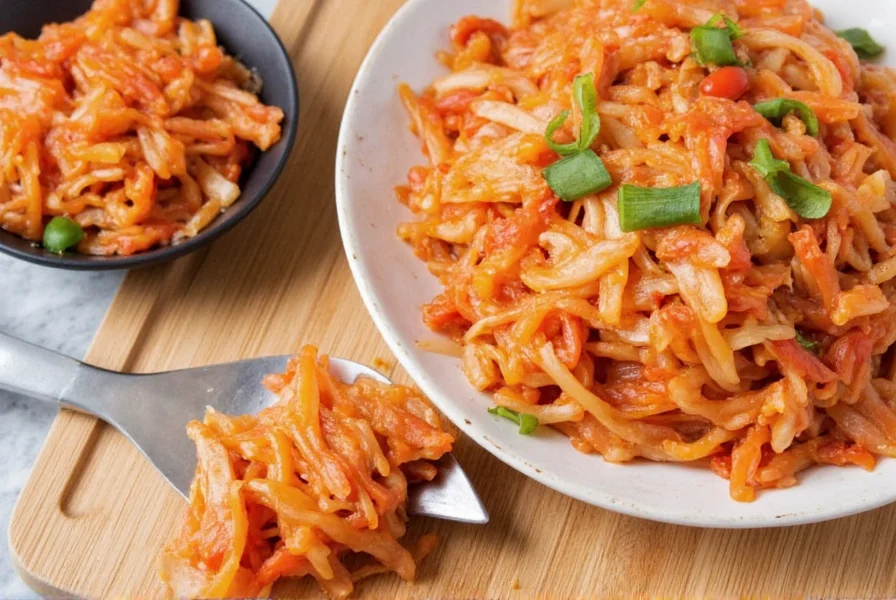
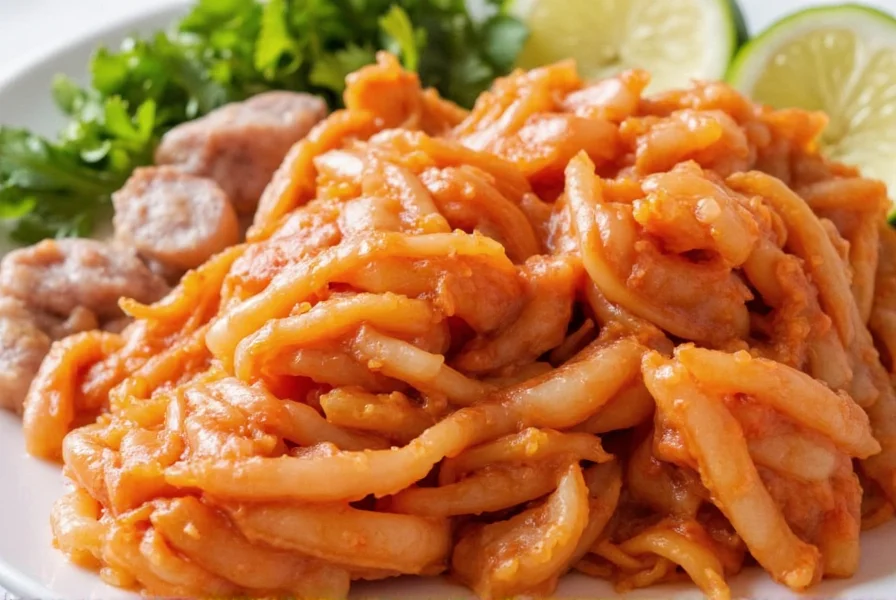
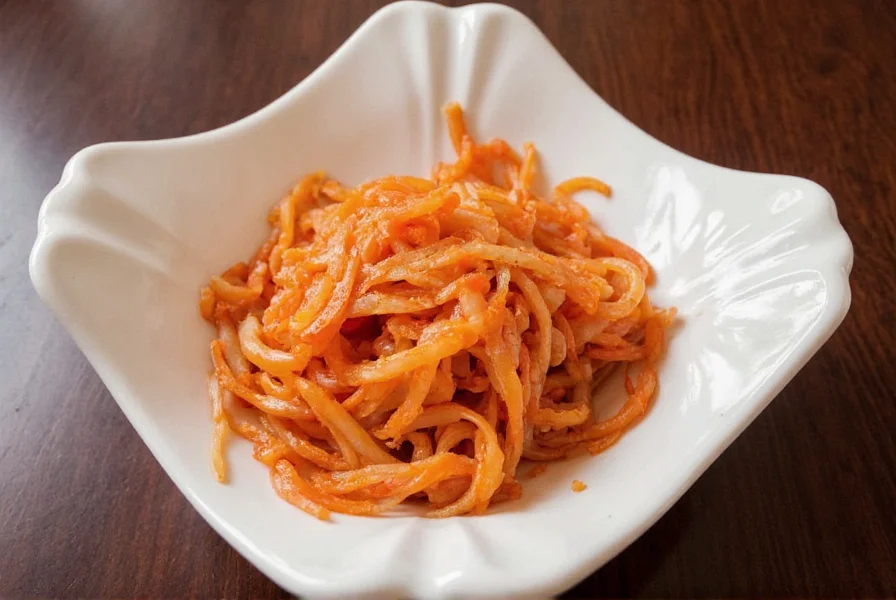
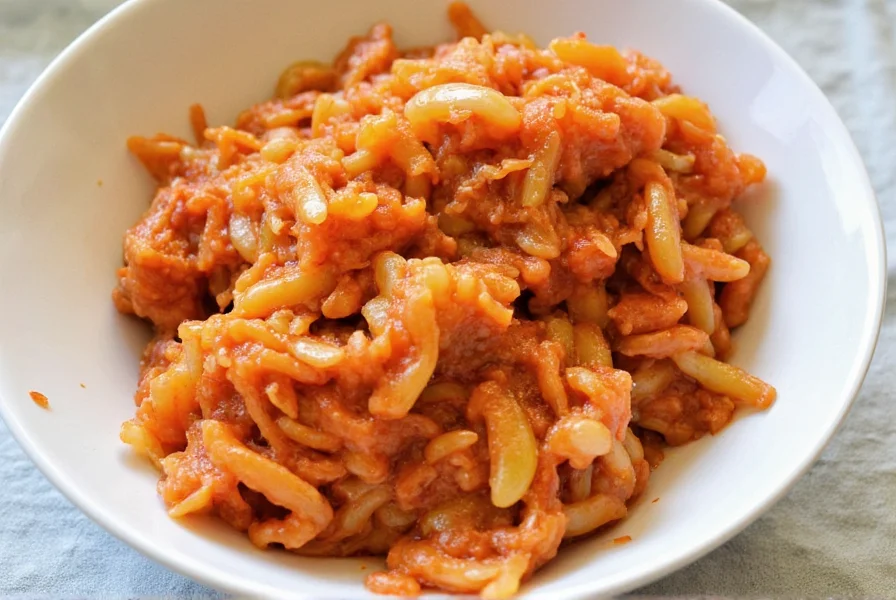
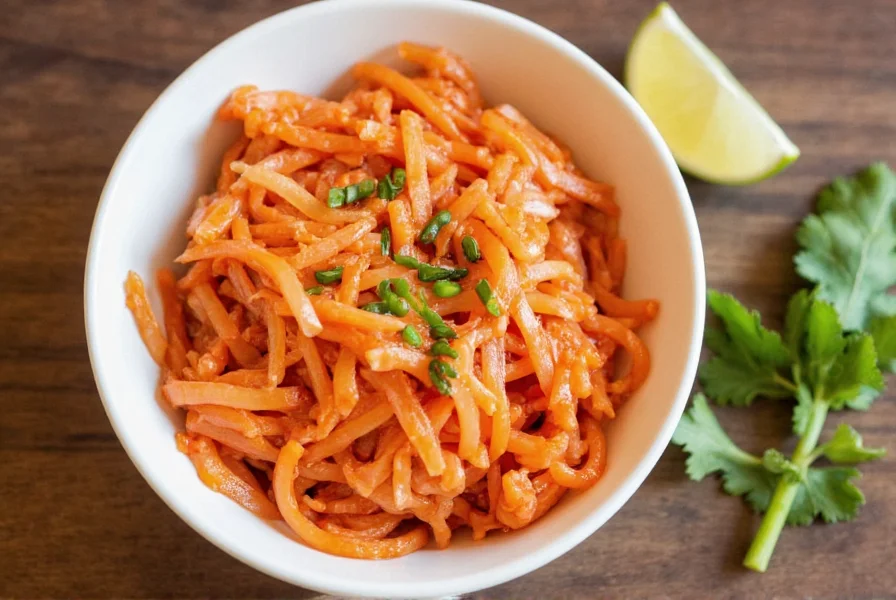
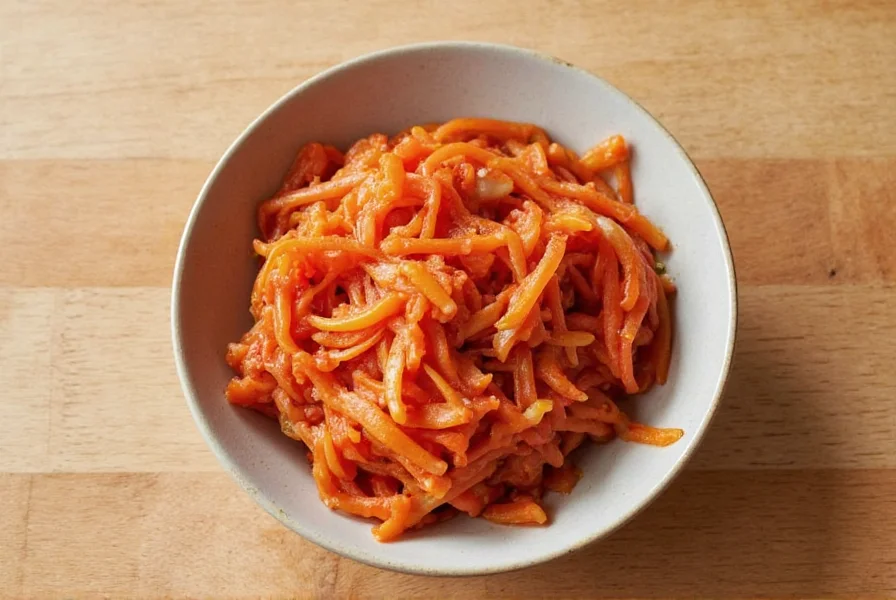

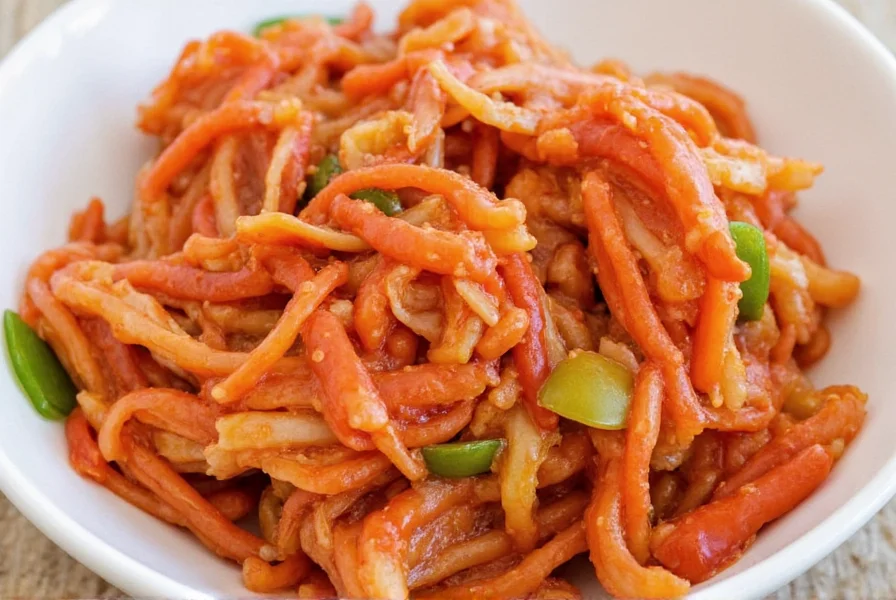









 浙公网安备
33010002000092号
浙公网安备
33010002000092号 浙B2-20120091-4
浙B2-20120091-4